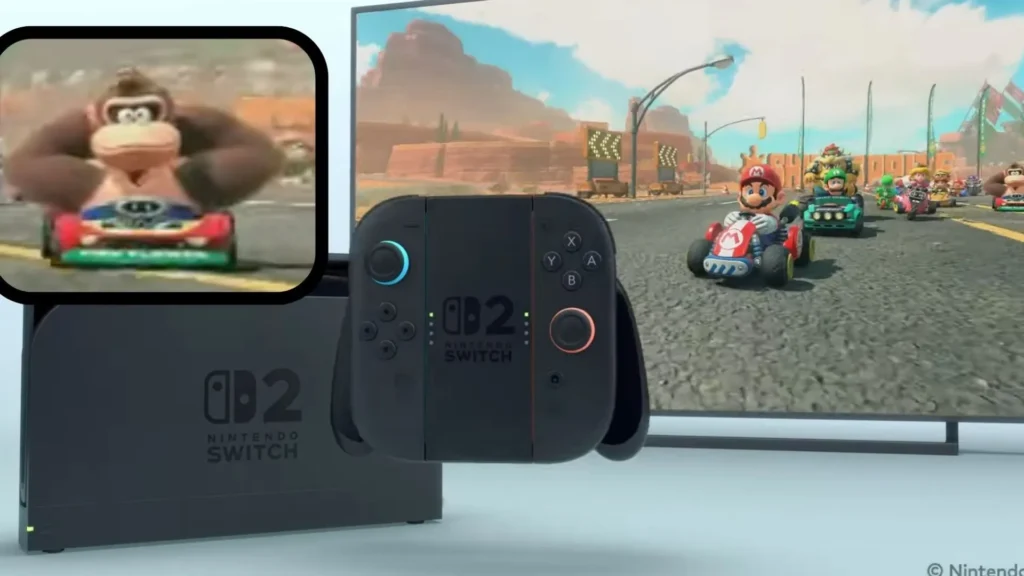Donkey Kong’s Visual Evolution Sparks Response from Original Country Designer
Original DK artist Kevin Bayliss shares insights on the iconic character’s latest transformation.

Kevin Bayliss, the influential character designer behind Donkey Kong’s most enduring appearance, has expressed his thoughts on the beloved Nintendo character’s latest visual transformation for the upcoming Switch 2. This redesign marks the fourth major evolution for the iconic ape since his 1981 debut.
Bayliss, who joined Rare as lead character artist in 1987, was instrumental in reimagining Donkey Kong for the groundbreaking Donkey Kong Country series. His redesign transformed DK from an 8-bit antagonist into a heroic protagonist for the SNES era, establishing a visual identity that would persist for three decades with only minor technical updates.
The latest iteration of Donkey Kong was unveiled in Nintendo’s Switch 2 announcement trailer this January. Featured in what appears to be a new Mario Kart title, DK sports a notably different look with more rounded features, enhanced bulk, and a gentler expression. Bayliss responded positively to this evolution, commenting on Twitter: “I love it – this is really funny! – Everything changes! – Change is good.”
Donkey Kong’s Modern Design Signals New Era for Nintendo
Since departing Rare as art director in 2005 after 17 years of service, Bayliss has spent the last decade at Playtonic, known for developing Lil Gator Game and the Yooka-Laylee series. His original character designs continue to influence the franchise, most recently in Donkey Kong Country Returns HD, released on January 16, 2025.
The new design direction appears to align with Nintendo’s broader strategy of creating cohesion between their gaming and cinematic properties. The Switch 2’s version of Donkey Kong shares notable similarities with his appearance in The Super Mario Bros. Movie, including more expressive eyes, enlarged forearms and fists, and a softer brow line, suggesting a unified approach across Nintendo’s expanding media presence.